Empowering Tomorrow: Insights for Traditional and New Energy Solutions.

The EV Sector need a thrust in fact, because the data states that just 6 to 7% of the total registration of the vehicle in the country is electric vehicle, which is not the desired case.

On GST front, it is expected that the ETF and gas could be brought in the purview of GST, though this may not be part of this budget, but I believe that would be giving strength to the finance minister in taking financial decisions.

Today I will be talking about the Budget 2025 that our Finance Minister, Ms. Nirmala Sitharaman will be presenting on February 1, 2025, that is this Saturday. A special session has been invited for this budget presentation by the Government of India. Before I talk at length regarding this forthcoming budget, let me just put a few strengths that we have today in our economy and a comfort level that I think the Finance Minister would be enjoying.
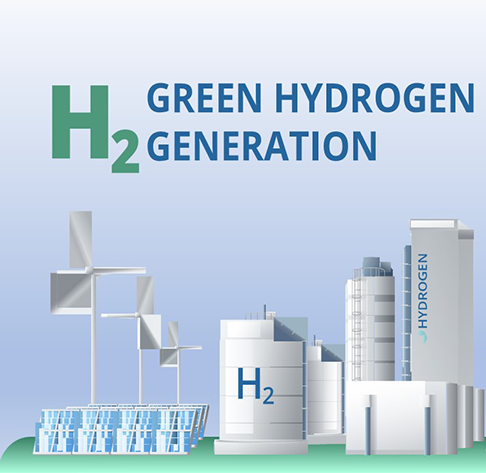
Green hydrogen is crucial for India's energy transition, as it offers a low-carbon alternative to traditional fuels in key sectors like refining, fertilizers, steel, and heavy-duty transport. With an estimated annual consumption of 5.6 million tonnes of grey hydrogen.
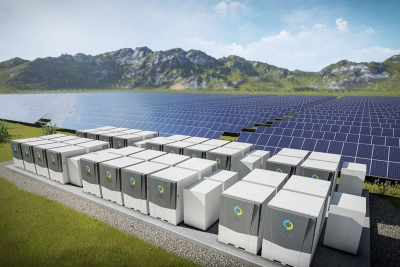
India’s target of reaching 60 GW of energy storage capacity by FY32 is driven by the country’s rapid transition to renewable energy, particularly variable sources like solar and wind.
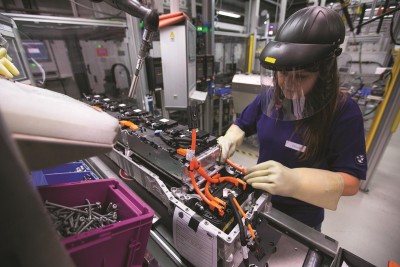
The development of ultra-fast charging lithium-sulfur (Li-S) batteries represents a transformative leap in energy storage technology, promising to address critical challenges across multiple industries that rely on high-performance.

The recent amendment to the Approved List of Models and Manufacturers (ALMM), introducing a new List-II for solar photovoltaic (PV) cells, marks a pivotal step in strengthening India’s domestic solar manufacturing sector.
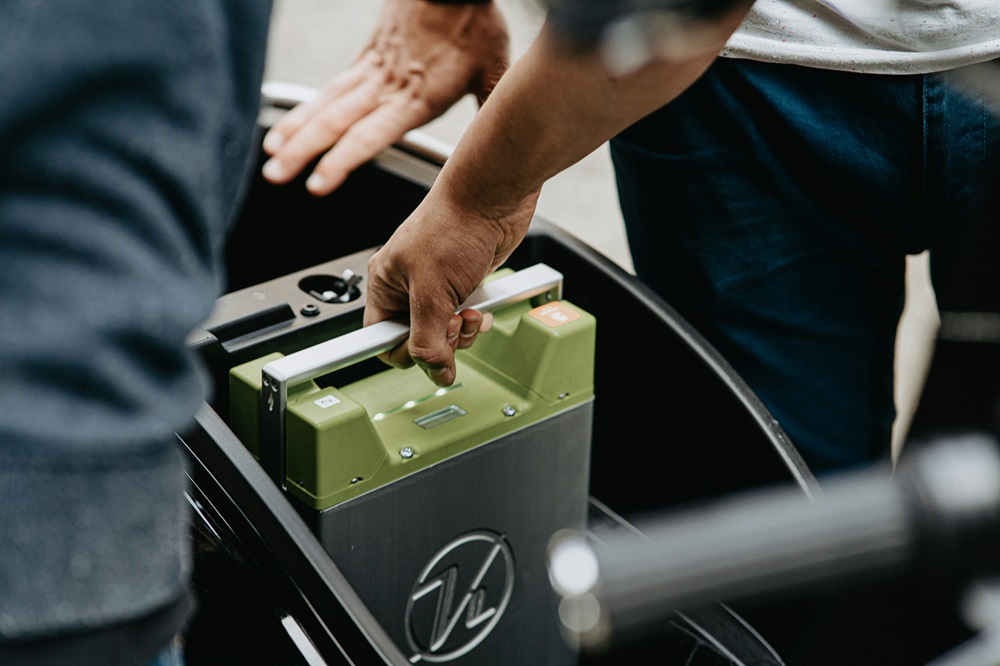
India’s push to reduce imports of lithium-ion (Li-ion) batteries and promote domestically manufactured batteries is a central strategy to accelerate the adoption of electric vehicles (EVs) and foster sustainable economic growth.

India's large-scale investments in solar and renewable energy are a key part of its strategy to become a global leader in sustainable energy while addressing both climate change and energy security.
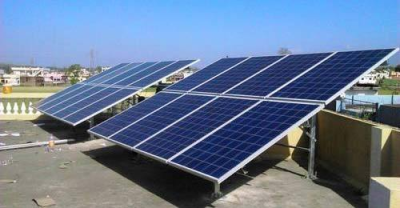
India's remarkable surge in solar photovoltaic (PV) module capacity to 67 GW over just a decade is a significant achievement in its renewable energy journey. This growth has been largely driven by a combination of targeted government policies, including the "Make in India" initiative, which promotes domestic manufacturing
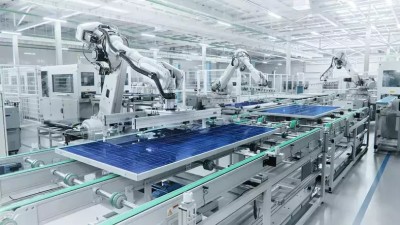
The Indian government’s introduction of the Approved List of Models and Manufacturers (ALMM) for Solar PV Cells, set to take effect on April 1, 2026, marks a significant step in enhancing the country’s solar energy landscape.
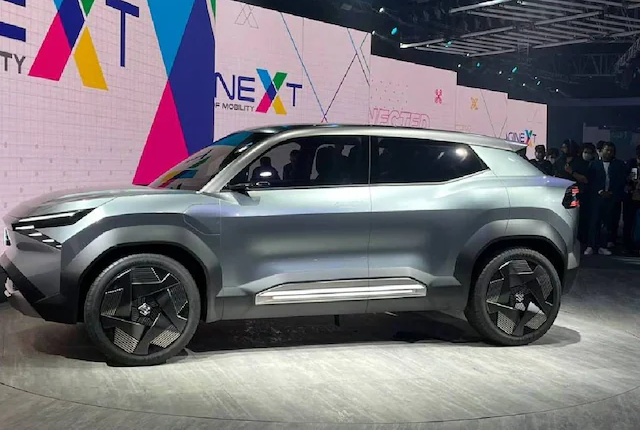
The electric vehicle (EV) market is currently experiencing a dynamic phase of expansion, largely driven by a convergence of consumer interest, technological advancements, and supportive government initiatives.
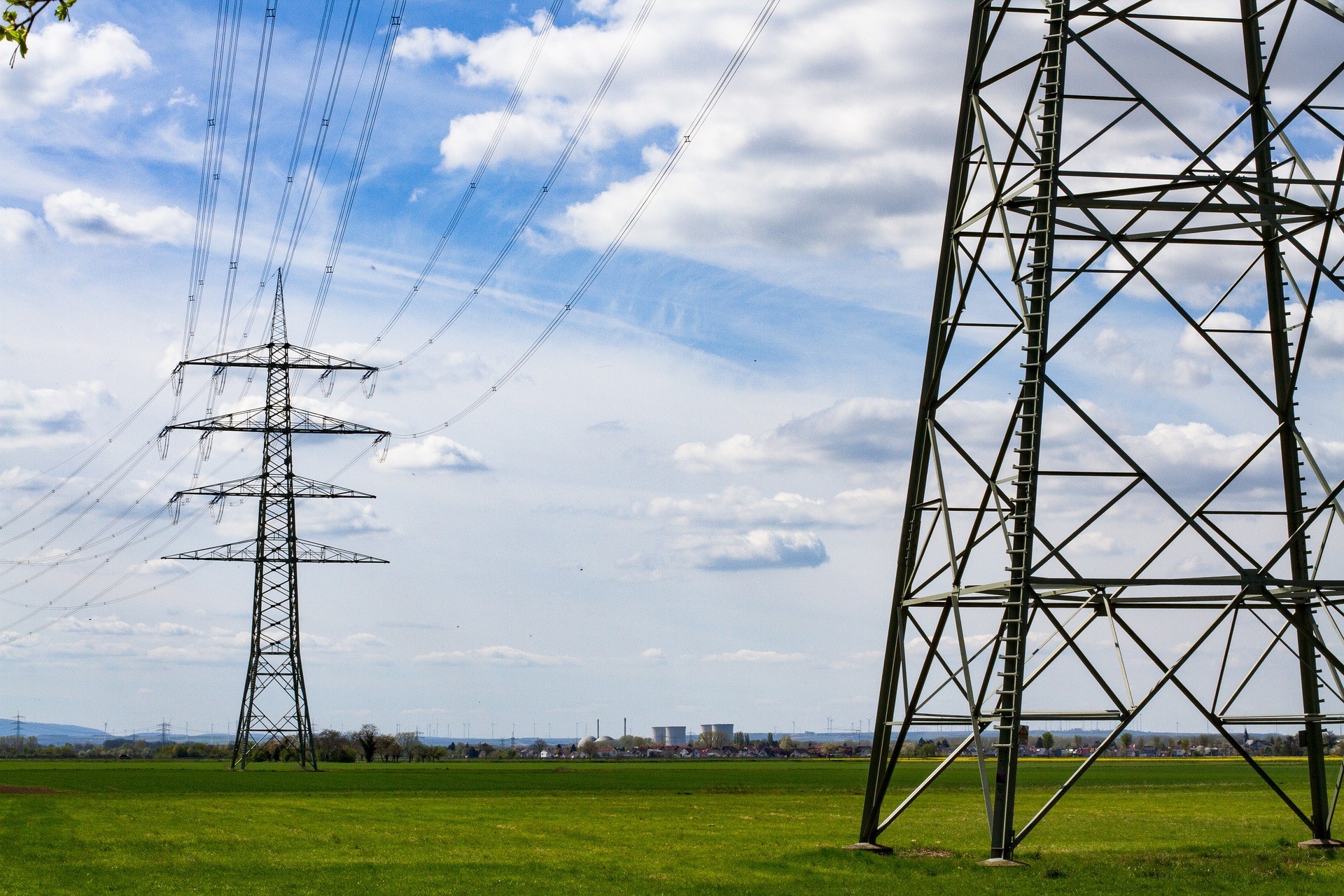
Tamil Nadu has seen a sharp increase in peak electricity demand over the years growing from 14,823 MW in 2016-17 and expected to reach 23,013 MW by 2026-27. The state often faces a shortfall to meet its power demand due to limited internal power generation capacity.

India’s current wind capacity is about 46 GW and the country will be needing an addition of 76 GW of installed capacity to meet energy security and diversify its energy mix.

The Indian government’s push to increase green hydrogen production through additional tenders and capacity awards is a significant step in fulfilling its Green Hydrogen Mission.

The capacity for manufacturing solar cells in India is likely to drastically grow due to the extension of the Approved Models and Manufacturers List (ALMM) by the government to the solar cells starting from June 2026 This change in policy is intended to increase the local production of solar cells in response to the massive increase in demand for solar power and renewable energy in the country.
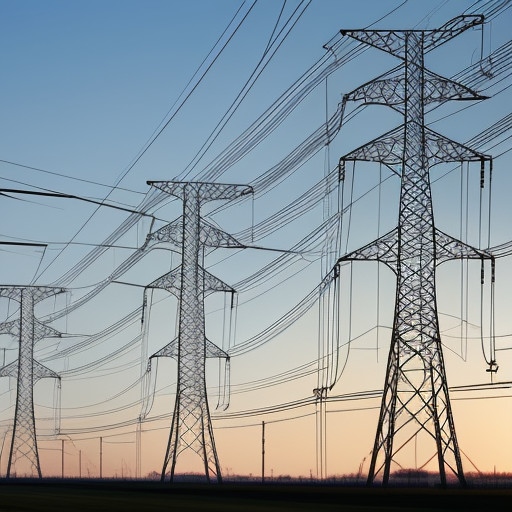
India's power transmission sector requires massive investments due to the evolving energy landscape, particularly driven by the rapid growth in renewable energy capacity. To meet the country's ambitious goal of achieving 500 GW of renewable energy capacity by 2030.
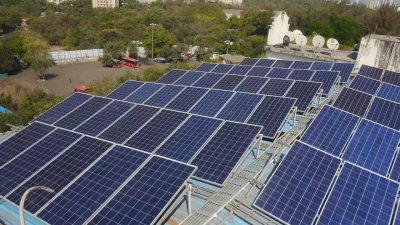
India’s being third largest producer of solar energy in the world has current installed capacity of 90.76 GW and has seen tremendous growth of 88.16 GW in the past decade. The current boom of solar energy in the country is due to various favorable schemes by government such as solar park scheme which aimed to create large solar park areas with shared infrastructure facilities.

Gujarat currently has renewable energy capacity of 27.8 GW where it has 14.7 GW of solar capacity and eyes 31.9 GW of hybrid projects. Gujarat is setting a new benchmark in the renewable energy sector with its groundbreaking “Mission 100 GW,” which aims to expand the state’s renewable energy capacity significantly

Green hydrogen is a technology that has been gaining momentum in recent years as a potential solution to the challenges of transitioning to a sustainable energy future. Currently almost all hydrogen produced worldwide is “grey,” which is used in petroleum refining,

The Karnataka government's plan to install 6,000 MWh of Battery Energy Storage Systems (BESS) across the state is a significant step toward enhancing the resilience, sustainability, and reliability of the region’s energy infrastructure

As the demand for semiconductor chips continues to rise due to technological advancement and increasing demand of electronics across industries like EVs, IoT and AI across the globe
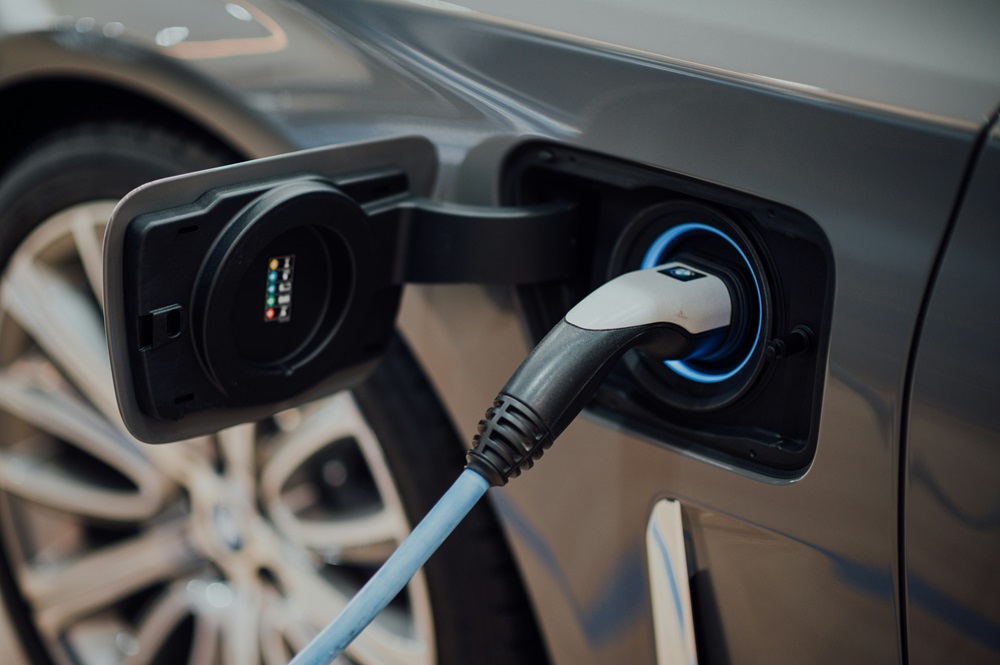
India's new localization norms for electric vehicles (EVs) signify a transformative shift in the country's strategy to enhance domestic manufacturing and reduce reliance on imports. The government’s initiative mandates a higher percentage of local sourcing for critical components, aiming to build a robust supply chain that strengthens local production capabilities.

Tamil Nadu is planning to implement a Battery Energy Storage System (BESS) policy to transition to a low-carbon energy system. This policy aims to enhance energy reliability by storing energy from renewable sources like solar and wind, ensuring a continuous power supply even when these sources are not generating electricity.
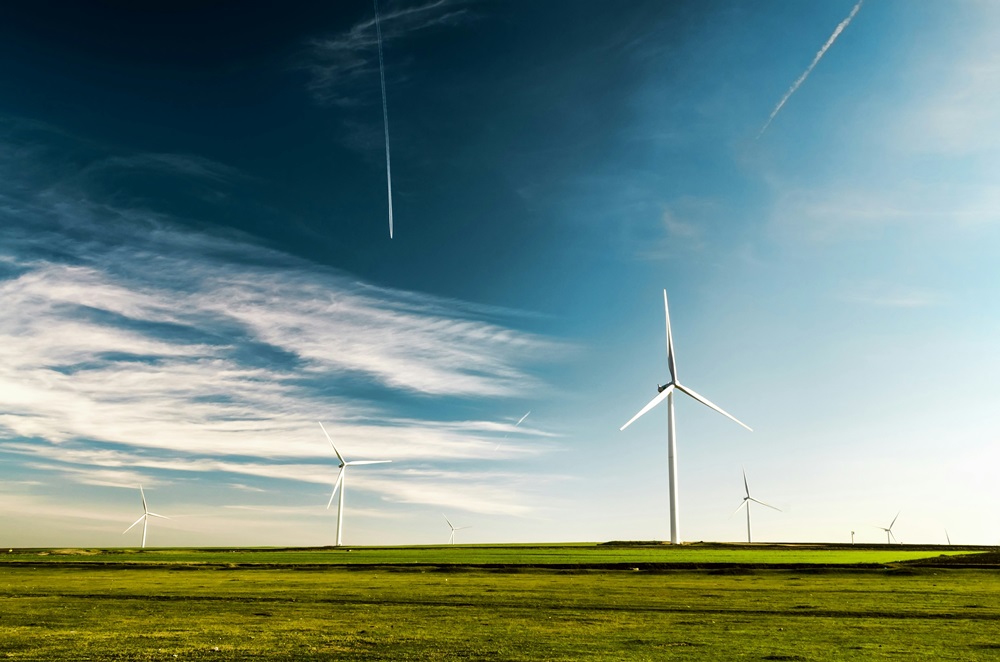
The partnership between the Adani Group and Google aims to enhance sustainability initiatives and foster the growth of clean energy in India. This collaboration is driven by several key factors, including shared sustainability goals, energy supply capabilities, and a focus on decarbonization.

NTPC Limited is planning to raise ₹10,000 crore by launching an Initial Public Offering (IPO) for its subsidiary, NTPC Green Energy. This move aligns with India’s goal of increasing renewable energy capacity to 500 GW by 2030.

The signing of the ₹1.2 lakh crore MoU between Tata Power and the Government of Rajasthan is a strategic response to India’s growing energy needs and commitment to renewable energy.

Transportation is one of the major sources of pollution in India as it contributes 12% of CO2 emissions and the demand for mobility is projected to be doubled by 2050 so to tackle this problem, government is looking for alternative to traditional polluting fuel

The current lithium-ion battery market is navigating a complex landscape marked by significant fluctuations in raw material costs and evolving demand dynamics.

Andhra Pradesh aims to install 12 GW year on year renewable energy till 2030 up from current 7 GW of installations in FY 2023, to lead in India’s transition towards green energy and reduce its carbon emission.

Launched in January 2023 with an initial outlay of INR 19,744 crore (USD 2.38 billion), India's Mission aims to establish the country as a global hub for green hydrogen (H2). This initiative aligns with India’s vision for energy independence by 2047, reducing energy imports, and achieving net-zero emissions by 2070.